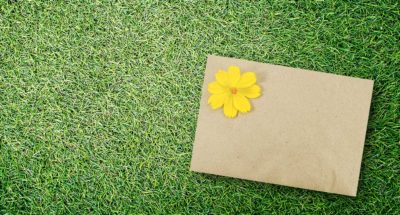
Gratitude Letter for Students
Students write a letter of gratitude and deliver it in person.

Students write a letter of gratitude and deliver it in person.
Students will:
Take a moment to write a gratitude letter to someone you haven’t thanked. If you have time, try to deliver it in person. How did this exercise make you feel?
See what happens when three students write gratitude letters and share them in person with the recipients.
Note: When teaching about gratitude in a school setting, it is important to keep in mind that students differ in terms of culture, race, socioeconomic status, and religious background. This may mean that they also differ in the way they express and practice gratitude, including verbal expressions, gestures, acts of kindness or caring, rituals, or gifts. Welcoming discussion of these and other differences in the classroom will deepen students’ understanding of gratitude.
In addition, the experience of gratitude may be challenging for children facing personal struggles, community suffering, or systemic inequality. Rather than simply encouraging them to “look on the bright side,” researchers Jeffrey Froh and Giacomo Bono suggest listening deeply, empathizing, and acknowledging their feelings. This can help them cultivate resilience, which—along with other qualities like self-compassion and hope—could help plant the seeds for gratefulness.
Do you notice if students show more positive emotion and/or optimism after this practice? Are they expressing gratitude more often?
In a study, students in various grades either wrote and delivered a Gratitude Letter or journaled about their daily activities and feelings. The Gratitude Letter led to more positive feelings afterward; two months later, students who started the experiment relatively low in positive emotion showed significant improvements.
In addition to its benefits for adults, research suggests that gratitude is also good for youth, going hand in hand with greater hope and optimism, higher satisfaction with life, and fewer health complaints. Grateful adolescents also have better relationships, receiving more social support from others and being more kind and helpful in turn.
Like adults, however, students may miss opportunities to express their gratitude. The Gratitude Letter offers them a chance to reflect on the people who have made their life better, and to reach out and connect (or reconnect) with those people. As the instructions suggest, this can be fun and meaningful.

Do you want to dive deeper into the science behind our GGIE practices? Enroll in one of our online courses for educators!
Comments